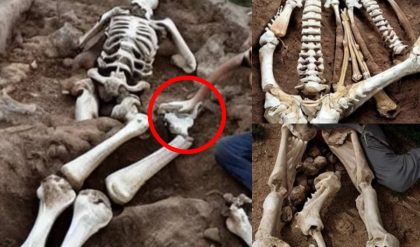
In the annals of ancient history, few civilizations have left as indelible a mark as the Hittites. Flourishing in Anatolia during the Bronze Age, the Hittite Empire stood as a formidable force, stretching its influence across vast swathes of the Near East. While military prowess and diplomatic acumen played pivotal roles in their rise, historians are increasingly recognizing the crucial role played by a humble yet extraordinary crop: einkorn wheat.
Einkorn wheat, scientifically known as Triticum monococcum, holds a special place in the agricultural history of humanity. Believed to be one of the earliest domesticated crops, its cultivation can be traced back to the dawn of agriculture around 10,000 years ago in the Fertile Crescent. However, it was the Hittites who fully realized its potential, harnessing its nutritional richness and adaptability to propel their civilization to unprecedented heights.
At the heart of the Hittite Empire lay the fertile plains of Anatolia, where einkorn wheat thrived in abundance. Its robust nature allowed it to withstand the region’s climatic challenges, ensuring a stable food supply for the burgeoning population. But it was not merely sustenance that einkorn provided; its nutritional value far surpassed that of contemporary grains, offering a rich source of protein, vitamins, and minerals essential for human health.
The widespread cultivation of einkorn wheat enabled the Hittites to support a rapidly growing populace, fueling the expansion of cities and the development of sophisticated infrastructure. With surplus food at their disposal, they could sustain a professional army, equipped with advanced weaponry and chariots, cementing their dominance in the tumultuous geopolitical landscape of the ancient Near East





